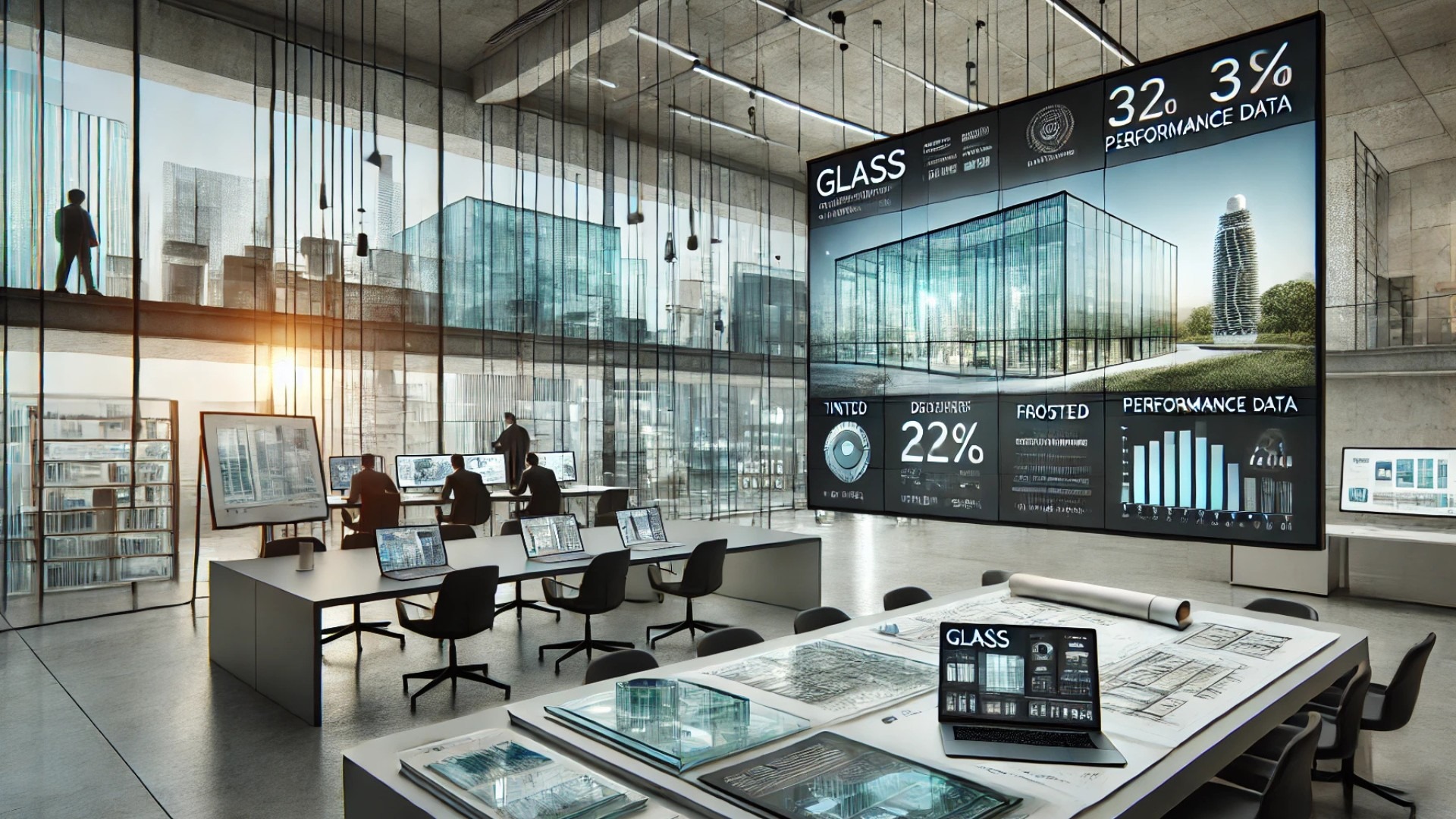
Understanding Biophilic Design and Its Significance
Biophilic design is a concept that emphasizes the connection between nature and the built environment, promoting well-being and sustainability. Those earning biophilic design certification understand how to integrate natural elements into architectural designs. The recent certification achievement of the Plant Solutions team not only marks a significant milestone for the firm but also highlights a broader trend in the architecture and design industry, where experts are increasingly recognizing the importance of nature in enhancing human experience. This emerging focus aims to provide a more harmonious and restorative environment, improving the quality of life for occupants.
The Impact of Biophilic Design on Property Value
As someone who specializes in the return on investment for roofing projects, I can assert that incorporating biophilic design elements can have a profound impact on property value. By prioritizing natural light, vegetation, and organic materials, buildings are able to attract higher rental yields and increase resale value. Research has shown that properties designed with biophilic principles often experience a quicker sales cycle and a more substantial demand, proving that investing in sustainability is not only beneficial for the environment but also profitable.
Plant Solutions: Pioneering Sustainable Architecture
The achievement of biophilic design certification by the Plant Solutions team reflects a commitment to advancing sustainable architecture. Each member's dedication to implementing practices that cultivate a deeper connection between humanity and nature represents a broader movement within the industry. This commitment is vital in both urban and suburban areas, where green spaces and ecological considerations are becoming increasingly important to residents and stakeholders alike. The Plant Solutions team’s approach exemplifies how design can actively contribute to ecological health.
A Step Towards Future Trends in Design
This certification is just the beginning; it is indicative of future trends in architectural practices prioritizing sustainability and ecological mindfulness. As more architectural firms adopt biophilic design principles, we will likely see a shift in building regulations, with a greater emphasis on creating spaces that respect and enhance the surrounding ecosystem. The Plant Solutions team is at the forefront of this movement, and it will be intriguing to observe how their innovative approach will influence upcoming architectural standards.
Taking Action: Emphasizing Biophilia in Your Next Project
For architects, designers, and property developers, understanding biophilic design is crucial. Incorporating natural elements can enhance aesthetic appeal, improve occupant satisfaction, and boost profitability. For those involved in construction or renovation, investing time in learning about biophilic principles can lead to more innovative and sustainable designs. The call for biophilia in architecture is a call for growth, profitability, and a commitment to rejuvenating our surroundings for future generations.
 Add Row
Add Row  Add
Add 

 Add Row
Add Row  Add Element
Add Element 




Write A Comment